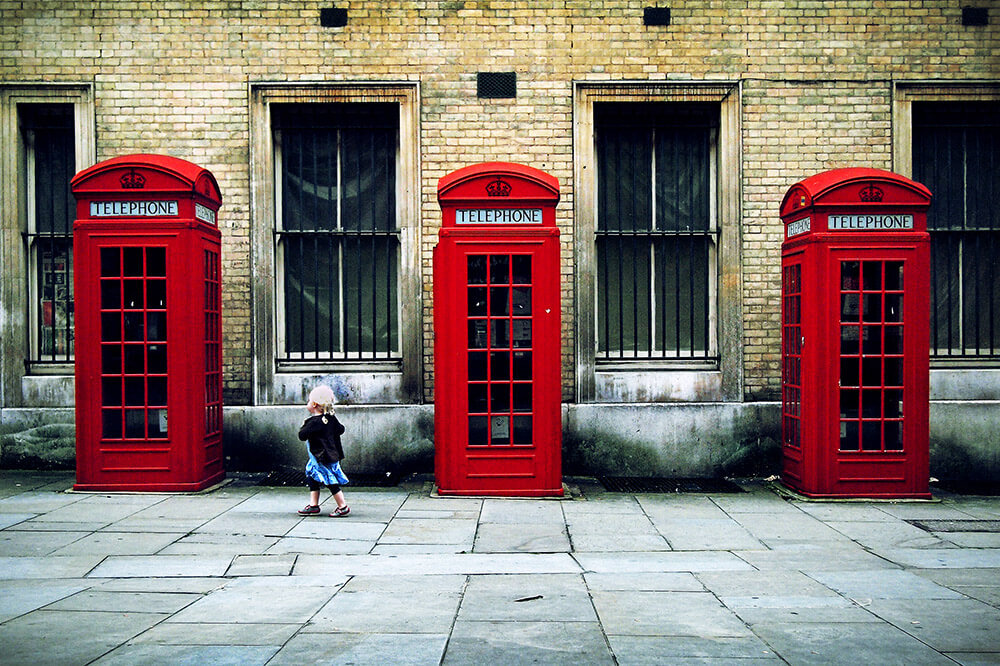The smart Trick of Street Photographers That Nobody is Discussing
Table of ContentsStreet Photographers Things To Know Before You BuyGet This Report on Street PhotographersAn Unbiased View of Street PhotographersA Biased View of Street PhotographersThe 15-Second Trick For Street Photographers
Street digital photographers do not necessarily have a social purpose in mind, however they choose to separate and catch moments which may or else go unnoticed.He was affected by several of those who influenced the road photographers of the 1950s and '60s, he was not mainly interested in catching the spirit of the road., who worked side by side with digital photographers trying to capture the essence of city life.
Due to the relatively primitive modern technology available to him and the long exposure time needed, he battled to record the hustle and bustle of the Paris streets. He trying out a collection of photo approaches, attempting to find one that would enable him to catch activity without a blur, and he located some success with the calotype, patented in 1841 by William Henry Fox Talbot. As opposed to Atget, photographer Charles Marville was hired by the city of Paris to produce an encyclopaedic paper of Haussmann's city preparation job as it unfolded, therefore old and new Paris. While the digital photographers' topic was basically the very same, the outcomes were markedly various, showing the influence of the digital photographer's bent on the personality of the photos he generated.
Offered the great high quality of his photos and the breadth of material, designers and artists frequently purchased Atget's prints to use as reference for their own job, though business rate of interests were hardly his main inspiration. Instead, he was driven to photograph every last remnant of the Paris he loved.
Street Photographers - Truths
They expose the city through his eyes. His job and fundamental understanding of digital photography as an art type worked as ideas to generations of professional photographers that followed. The following generation of street digital photographers, though they likely did not refer to themselves thus, was ushered in by the photojournalism of Hungarian-born photographer Andr Kertsz.
Unlike his peers, Brassa made use of a larger-format Voigtlnder video camera with a much longer exposure time, compeling him to be much more computed and thoughtful in his practice than he may have been if using a Leica. (It is believed that he might not have actually been able to manage a Leica during that time, but he did, nonetheless, use one in the late 1950s to take colour photos.) Brassa's photographs of the Paris underworld brightened by synthetic light were a discovery, and the compilation of the series that he released, (1933 ), was a significant success.
Cartier-Bresson was a champion of the Leica cam and among the first professional photographers to optimize its capacities. The Leica allowed the professional photographer to connect with the surroundings and to capture moments as they occurred. Its fairly tiny dimension also helped the professional photographer discolor right into the history, which was Cartier-Bresson's recommended approach.
The Best Guide To Street Photographers
It is as a result of this basic understanding of the art of image taking that he is usually attributed with discovering the tool around once again roughly a century because its invention. He took photographs for even more than a half century and affected generations of photographers to trust their eye and intuition in the minute.
These are the inquiries I shall attempt to address: And after that I'll leave you with my own definition of road digital photography. Yes, we do. Let's kick off with defining what an interpretation is: According to (Street Photographers) it is: "The act of specifying, or of making something guaranteed, distinct, or clear"
No, definitely not. The term is both restricting and misdirecting. Seems like a street digital photography must be photos of a roads best?! And all street digital photographers, besides a small number of outright beginners, will totally appreciate that a road is not the essential component to street photography, and really if it's a photo of a road with maybe a find here couple of dull individuals not doing anything of interest, that's not street photography that's a snapshot of a street.
Things about Street Photographers
He makes a legitimate point don't you assume? Nonetheless, while I agree with him I'm unsure "candid public photography" will certainly capture on (although I do type of like the term "honest digital photography") because "road digital photography" has been around for a lengthy time, with many masters' names affixed to it, so I think the term is right here to stay.
You can shoot at the beach, at a celebration, in a street, in a park, in a piazza, in a cafe, at a gallery or art gallery, in a city terminal, at the original source an occasion, on a bridge, under a bridge ...
Yes, I'm afraid we have no Website choice! Without guidelines we can not have a definition, and without a definition we don't have a genre, and without a category we do not have anything to specify what we do, and so we are stuck in a "policies definition genre" loop!
The 3-Minute Rule for Street Photographers
